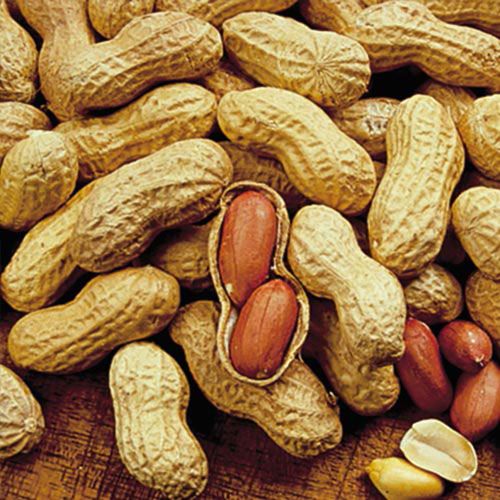Indigenous to South America, the peanut is a member of the legume family; it’s not a nut like its name may suggest. It’s one of most widely grown crops in the world because of its flavorful, edible seed.  It can be grown indoors or out, depending on the growing season; a longer season is better for outdoor growth, while a shorter season lends itself to indoor growth.
It can be grown indoors or out, depending on the growing season; a longer season is better for outdoor growth, while a shorter season lends itself to indoor growth.
Peanut plants perform best in loose, well-drained soil that’s several inches deep. The plant is susceptible to frost, so if you’re growing outdoors, plant after the last expected frost for spring and summer growth. Seeds should be placed 1-2 inches into the soil and approximately 6 inches apart; rows should be kept 3 feet apart. If you’re planning on growing indoors, seeds should be placed in individual pots approximately 3 weeks before the last expected frost. Keep the plants moist throughout the growing season, but do not over-water.
Your peanut plant will be ready for harvest when the leaves begin to turn yellow, usually in late summer or early fall. When the plant is ready to be harvested, pull it out by the root and allow it to dry for 3-4 days. This will naturally alleviate a low level toxin the plant produces while growing so you can enjoy these delicious, versatile legumes.

